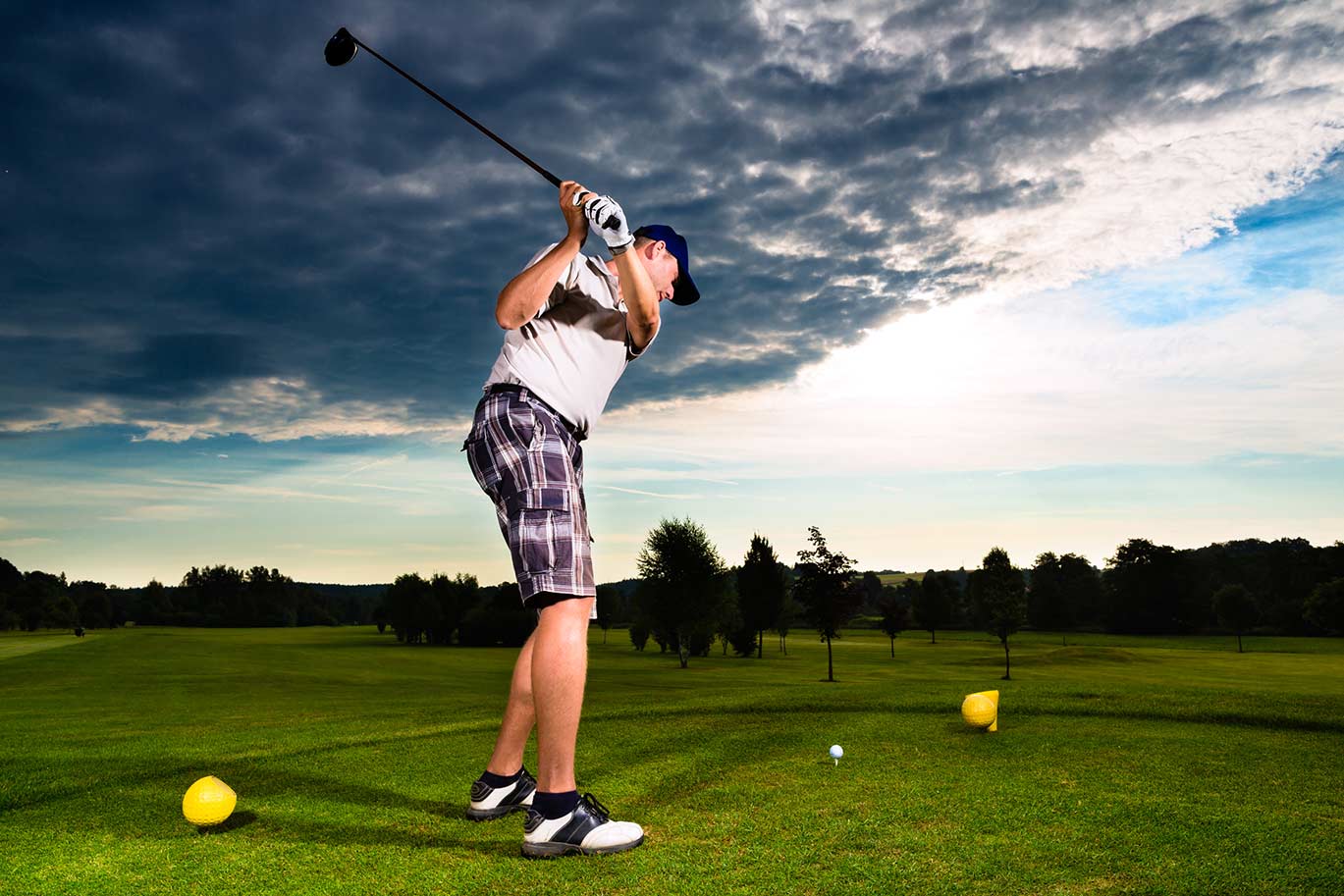Throwing that speedy little ball is one of the most common causes of injuries in the great American sport of baseball.
And no one epitomizes the art of throwing the ball more than the pitcher. So, our exploration of injuries in baseball will focus on this player’s challenges, as we answer the question, “What are the most common baseball throwing injuries?”, in this post.
While players get hurt batting, running and sliding, too, the sport’s most common injuries are those incurred in the act of throwing.
Strains to oblique muscles
The oblique muscles run down both sides of the trunk. Pitchers are exceptionally susceptible to straining these muscles, due to the twisting action required to throw hard and fast from the mound.
Watch a pitcher winding up, through release and witness the sudden twist in the body. Doing this repeatedly is bound to take its toll.
Labral tears of the shoulders
The shoulder socket is encased in a fibrocartilage, which supports the movement of the joint. A tear in this material is one of the most common injuries of all in baseball and a regular menace of pitchers. When torn, pitchers report a loss of fluidity in the motion made to pitch the ball.
A labral tear de-stabilizes the structure of the shoulder joint.
Injuries to rotator cuffs
Formed by four muscles, the rotator cuff controls movement in the shoulder. When repetitive motion is sustained (as in the overhead pitching style employed in baseball), the tendons passing through the joint can become compressed, causing pain.
This is the pitcher’s nemesis and the most common injury in the sport. A rotator cuff injury, when not given sufficient time to heal, can become tendonitis.
Pitcher’s elbow
Known in medical terms as medial epicondylitis, pitcher’s elbow is sometimes referred to as “thrower’s elbow” or “golfer’s elbow”.
Pain on the inside of the elbow is the first sign of this condition, caused by overuse as well as faulty technique. The condition may become acute if not addressed early in its progression and technique is not ergonomically corrected.
Dead arm
What pitchers refer to as “dead arm” results from instability in the shoulder provoked by overuse. This robs the shoulder of function and the pitcher is unable to perform.
Fortunately, there are rarely long-term consequences arising, with rest being the prescribed treatment. But if rest isn’t taken as prescribed, the shoulder may dislocate (subluxation).
UCL sprain
The ulnar collateral ligament in the elbow can be sprained through either overuse, or impact during a game. Pain in the inner elbow and a loss of precision in pitching are signs that this condition is present. UCL sprains require surgery to restore function.
Baseball is the great American game, but pitchers throwing at speeds in the 90s are bound to get hurt at some point. Noah “Thor” Snydergaard of our own New York Mets, for example, has been clocked at 98.2 mph.
Got pain? You’ll find help at Back & Body Medical. We’re multi-disciplinarians who bring athletes personalized care for injuries. Contact us.














